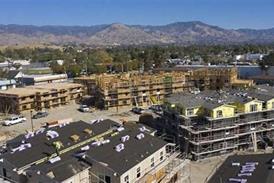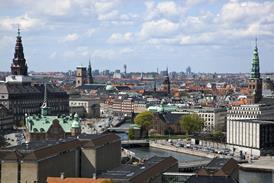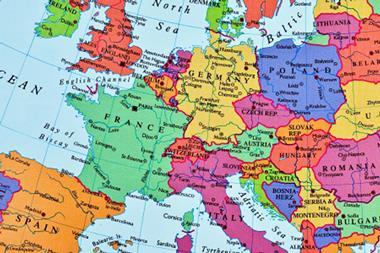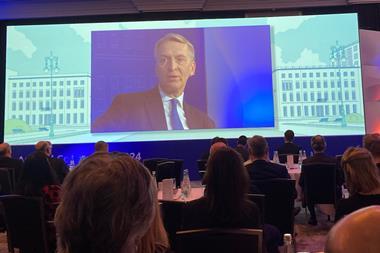The appeal of European real estate rose could fall later this year as yields decline, according to research by DTZ.
The advisory firm’s European Fair Value Index report foresees more investment in central and eastern European markets than in western Europe.
DTZ researchers expect the attractiveness of European property to weaken from the second half of this year as property yields decline.
The firm said Moscow’s office and retail sectors, as well as Geneva and Zurich’s office sectors were at the bottom of its latest rankings, reflecting heightened investor risk aversion towards Russia and very low property yields in Switzerland.
DTZ’s latest index – for the final quarter of last year – rose to an overall rating of 79, from the previous quarter’s figure of 76.
The increase marks an improvement in the appeal of European commercial property. The European Central Bank’s recently announced €1.1trn quantitative easing programme is increasing the attractiveness of European property when compared with bonds, DTZ said.
Fergus Hicks, DTZ’s head of global forecasting, said the fall in bond yields and forward rates that the ECB’s QE programme has triggered, makes European property attractive and “good value in the first half of 2015”.
Madrid’s industrial sector is the most attractively priced market in Europe this quarter, DTZ found, alongside other industrial markets in Spain, the CEE region and peripheral countries which look “underpriced”.
The industrial sector is currently the most attractively priced sector in Europe, with the top five most underpriced markets in DTZ’s index all coming from the sector.
Spain tops the list for commercial value, with Madrid and Barcelona’s industrial and office markets ranked in the top 10 list of most attractively priced markets in Europe. Spanish property markets are set to benefit from an economic recovery, improved occupier sentiment with positive rental growth prospects and more attractive pricing than many western European property markets.
Magali Marton, DTZ’s head of research for EMEA, said the ”traditional core markets” of France, the UK and Germany look “fully priced now”.
”To find attractive investment opportunities, investors need to look to southern Europe, the CEE and Baltic markets, where yields remain higher and economies are recovering,” she said.
















No comments yet